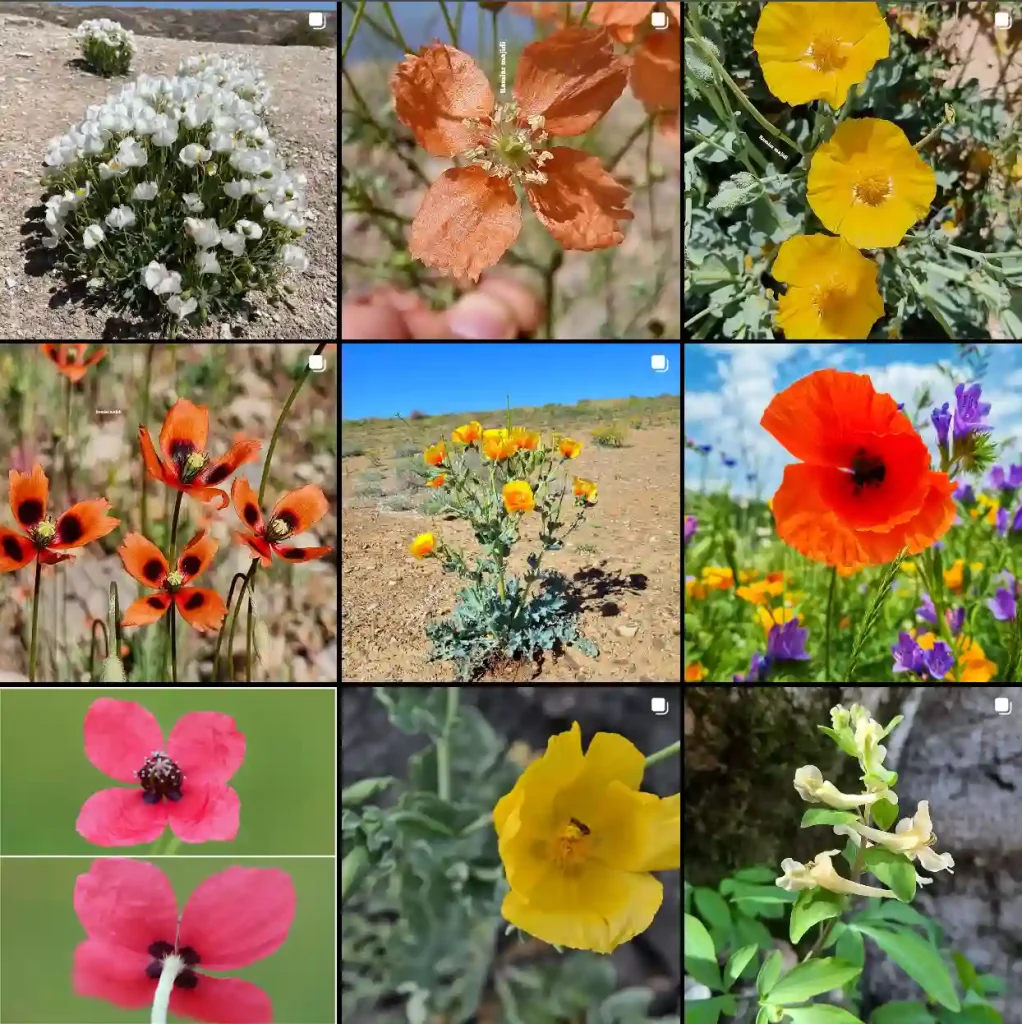Theobroma: Food of the Gods
My name is Ferb Vu, and I’ve always been fascinated by the world of plants. Their diversity, their resilience, and their sheer beauty never cease to amaze me. But there’s one genus in particular that holds a special place in my heart: Theobroma from the Malvaceae family.
Theobroma, derived from the Greek words “theos” (god) and “broma” (food), translates to “food of the gods.” It’s a fitting name, considering this genus gives us one of the most beloved treats in the world: chocolate. But Theobroma is more than just cacao; it’s a diverse group of around 30 species of small understory trees native to the tropical forests of Central and South America. These trees, with their simple leaves and clustered flowers, play a vital role in their ecosystems, providing food and shelter for a variety of animals.
A Deep Dive into Diversity
While cacao (Theobroma cacao) is the most famous member of the genus, there are other species worth exploring:
- Theobroma cacao: This is the species that gives us cocoa beans, the primary ingredient in chocolate. Plant FAQs: Cacao Tree – Theobroma Cacao
- Theobroma grandiflorum: Known as cupuaçu, this species produces a fruit with a creamy, tangy pulp used in juices, smoothies, and desserts.
- Theobroma bicolor: Called mocambo, this species produces seeds similar to cacao but with a milder flavor.
- Theobroma angustifolium: This species is known for its fragrant flowers and edible fruits.
- Theobroma subincanum: This tree produces a fruit with a sweet pulp that is often eaten fresh.
- Theobroma albiflorum (Goudot) De Wild.
- Theobroma asperum (H.Karst. & Triana) K.Schum. ex C.J.J.Hall
- Theobroma balaense (H.Preuss) De Wild.
- Theobroma bernoullii Pittier
- Theobroma camargoanum (R.E.Schult.) Ducke
- Theobroma canumanense Pires & Fróes ex Cuatrec.
- Theobroma cirmolinae Cuatrec.
- Theobroma flaviflorum Aguilar & D.Santam.
- Theobroma gileri Cuatrec.
- Theobroma glaucum H.Karst.
- Theobroma guianense (Aubl.) J.F.Gmel.
- Theobroma hylaeum Cuatrec.
- Theobroma laciniifolium (Goudot ex Triana & Planch.) De Wild.
- Theobroma mammosum Cuatrec. & J.León
- Theobroma mariae (Mart.) K.Schum.
- Theobroma microcarpum Mart.
- Theobroma nemorale Cuatrec.
- Theobroma obovatum Klotzsch ex Bernoulli
- Theobroma pulcherrimum (Goudot) De Wild.
- Theobroma purpureum Pittier
- Theobroma simiarum Donn.Sm.
- Theobroma sinuosum Pav. ex Huber
- Theobroma speciosum Willd. ex Spreng.
- Theobroma sylvestre (Aubl.) Mart.
- Theobroma velutinum Benoist
Why Theobroma Matters
Beyond their culinary uses, Theobroma species play a crucial role in their ecosystems. They provide habitat for a variety of insects, birds, and mammals. Their flowers are pollinated by midges, and their fruits are dispersed by animals. This intricate web of interactions highlights the importance of conserving these species and their habitats.
Theobroma species also hold cultural significance for many indigenous communities in Central and South America. Cacao, in particular, has been cultivated and revered for centuries. It was used in religious ceremonies, as currency, and as a source of nourishment. Today, cacao continues to be an important part of the cultural heritage of many communities.
Facing the Future
Despite their importance, Theobroma species face numerous threats, including deforestation, climate change, and disease. These threats jeopardize not only the survival of these remarkable plants but also the livelihoods of the people who depend on them.
It’s crucial that we take steps to protect Theobroma species and their habitats. This includes supporting sustainable farming practices, conserving rainforest ecosystems, and promoting research to develop disease-resistant varieties. By working together, we can ensure that these “foods of the gods” continue to thrive for generations to come.
As for me, I’ll continue to be fascinated by Theobroma and its diverse array of species. I’ll keep learning about their biology, their ecology, and their cultural significance. And, of course, I’ll continue to enjoy the delicious gifts they provide, savoring each bite of chocolate with a newfound appreciation for the wonders of the natural world.
If i die, water my plants!



